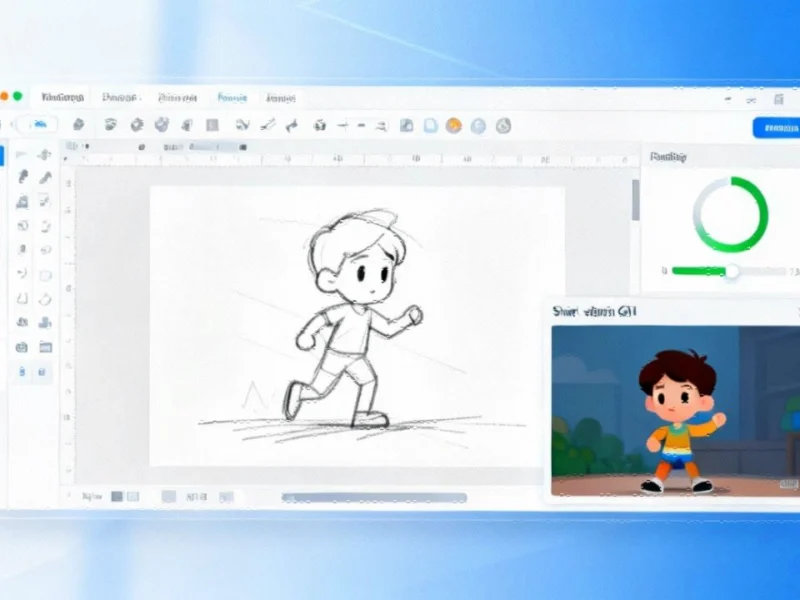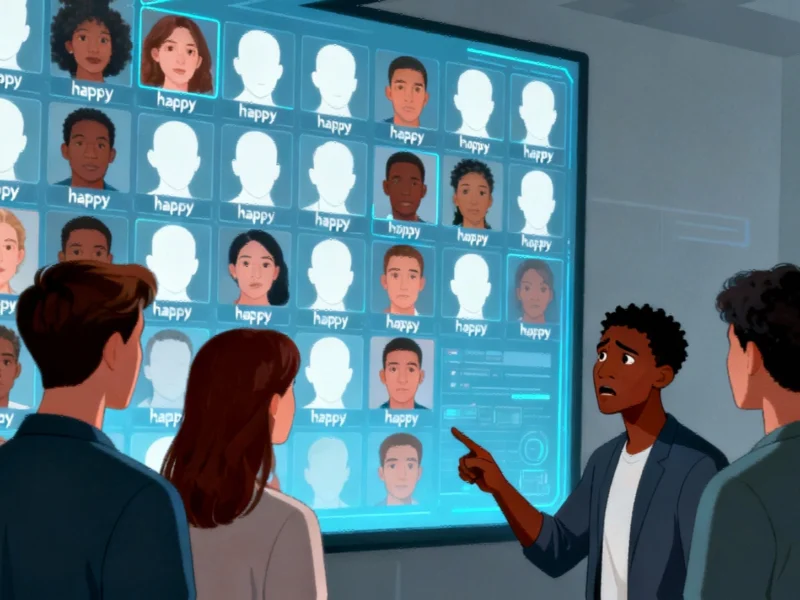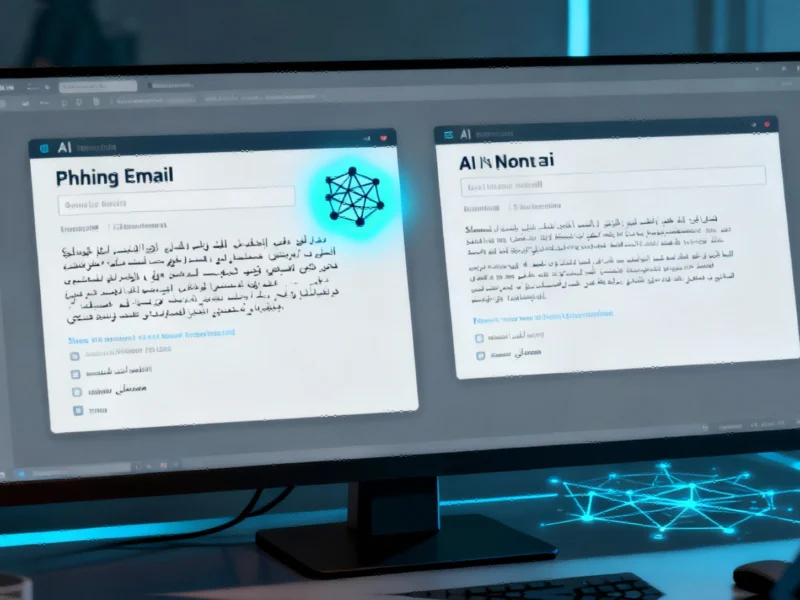Microsoft’s AI-Powered Transformation of Classic Apps
Microsoft is fundamentally reshaping its software ecosystem through artificial intelligence integration, with even the most foundational applications receiving significant upgrades. The company’s latest experimental features in Windows 11’s Paint application demonstrate how deeply AI is being woven into the fabric of everyday computing tools. This strategic shift represents Microsoft’s broader vision of making advanced creative capabilities accessible to all users, regardless of technical expertise.
According to recent Microsoft AI integration developments, the tech giant is testing two groundbreaking features that could transform how users interact with digital images. These tools, available through the newly established Windows AI Labs program, signal a dramatic departure from Paint’s traditional role as a basic image editor toward becoming a sophisticated creative platform.
Windows AI Labs: Microsoft’s Experimental Playground
Windows AI Labs represents Microsoft’s innovative approach to testing generative AI capabilities directly within native Windows applications. Unlike previous beta programs that required Windows Insider membership, this initiative allows selected users to access experimental features without committing to full pre-release builds. This streamlined testing methodology enables Microsoft to gather targeted feedback while minimizing disruption to users’ workflows.
The program’s structure reflects evolving technology industry trends toward more agile development cycles and user-centered feature validation. By integrating AI testing directly into production applications, Microsoft can accelerate innovation while maintaining stability across the Windows ecosystem.
Animate Feature: Bringing Static Images to Life
The first of Paint’s new AI capabilities, called “Animate,” enables users to transform any static image or sketch into a short, dynamic animation. Accessible through the Copilot menu, this feature automatically generates motion directly on the canvas without requiring technical input from the user. Microsoft describes the tool as a way to “bring images to life,” suggesting the company views animation as an accessible creative medium rather than a specialized skill.
Early testing indicates the animation generation process takes approximately 40-60 seconds to complete, with results saved locally or exported as GIF files. While initial reports suggest inconsistent output quality, the feature represents a significant step toward democratizing animation tools. This development parallels other creative industry innovations that leverage AI to simplify complex processes.
Generative Edit: Text-Powered Image Transformation
The second feature, “Generative Edit,” introduces natural language image manipulation to Paint’s toolkit. Similar to advanced tools like Photoshop’s AI fill, this capability allows users to modify existing images using simple text commands. Users can remove unwanted elements, alter backgrounds, or completely transform drawings through descriptive instructions.
Windows Latest reports that while results vary based on request complexity, Microsoft’s underlying AI model shows consistent improvement. The technology appears to be powered by a proprietary in-house system rather than licensed models like OpenAI’s DALL·E or Google’s Imagen, suggesting Microsoft’s growing confidence in its internal AI research capabilities. This approach to organizational technology strategy reflects the competitive dynamics shaping today’s AI landscape.
The Strategic Context of Microsoft’s AI Expansion
Microsoft’s Paint enhancements occur against a backdrop of intensified competition in the AI space. The company’s decision to integrate experimental features directly into a beloved legacy application demonstrates its commitment to making AI accessible rather than relegating it to specialized tools. This strategy potentially creates new user engagement opportunities while familiarizing mainstream audiences with AI capabilities.
The gradual rollout through Windows AI Labs allows Microsoft to refine features based on real-world usage before committing to broader deployment. This cautious approach acknowledges both the technical challenges of generative AI and the diverse needs of Windows’ massive user base. These platform development strategies highlight how established companies are adapting to rapidly evolving digital landscapes.
Future Implications and Industry Impact
While Microsoft emphasizes that these Paint features remain experimental with no guarantee of general release, their existence signals important directions for consumer software development. The integration of animation and generative editing tools into a basic application like Paint suggests Microsoft envisions AI becoming as fundamental to digital creativity as traditional editing tools are today.
As AI capabilities continue to mature, we can expect to see similar transformations across Microsoft’s product portfolio and throughout the software industry. The company’s methodical testing approach through Windows AI Labs provides a template for how established technology firms might balance innovation with stability in the AI era.
What’s certain is that Microsoft’s investment in AI represents more than feature additions—it’s a fundamental reimagining of what native applications can accomplish when augmented by artificial intelligence. As these tools evolve, they may eventually make sophisticated creative capabilities accessible to users who previously lacked the technical skills or resources to explore digital animation and advanced image editing.
This article aggregates information from publicly available sources. All trademarks and copyrights belong to their respective owners.



